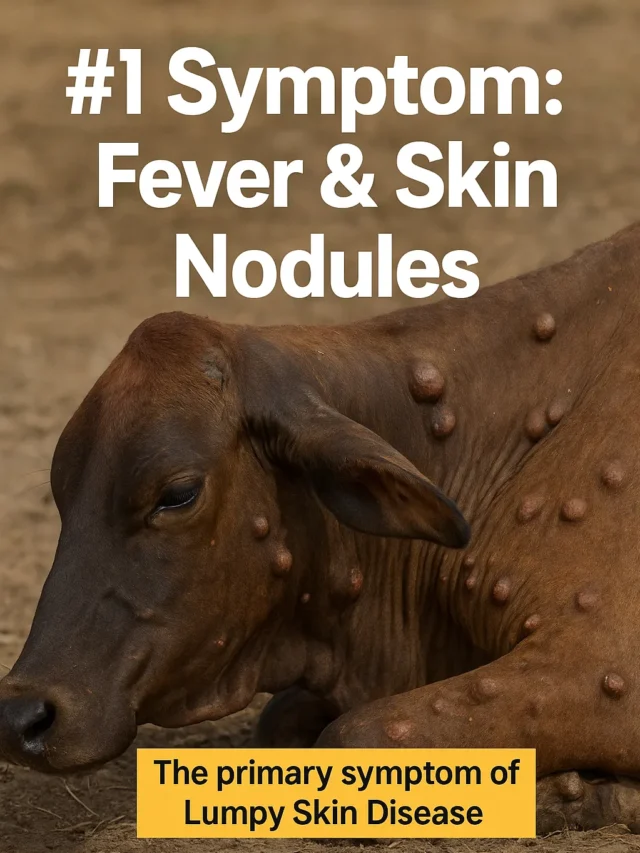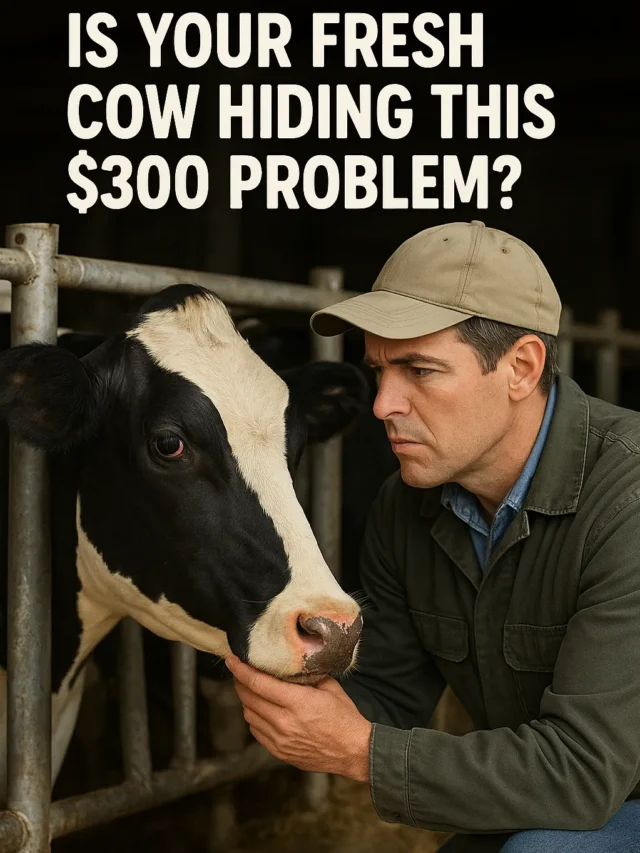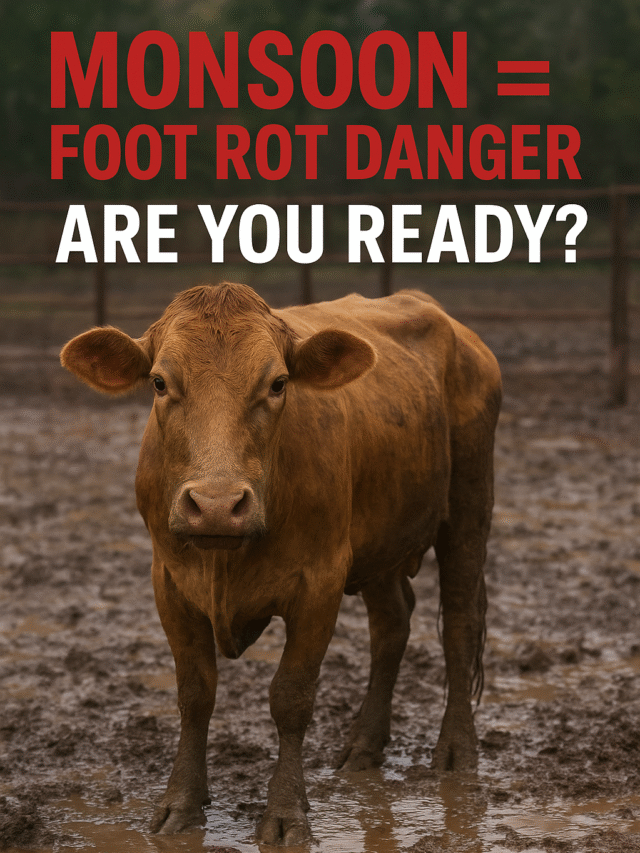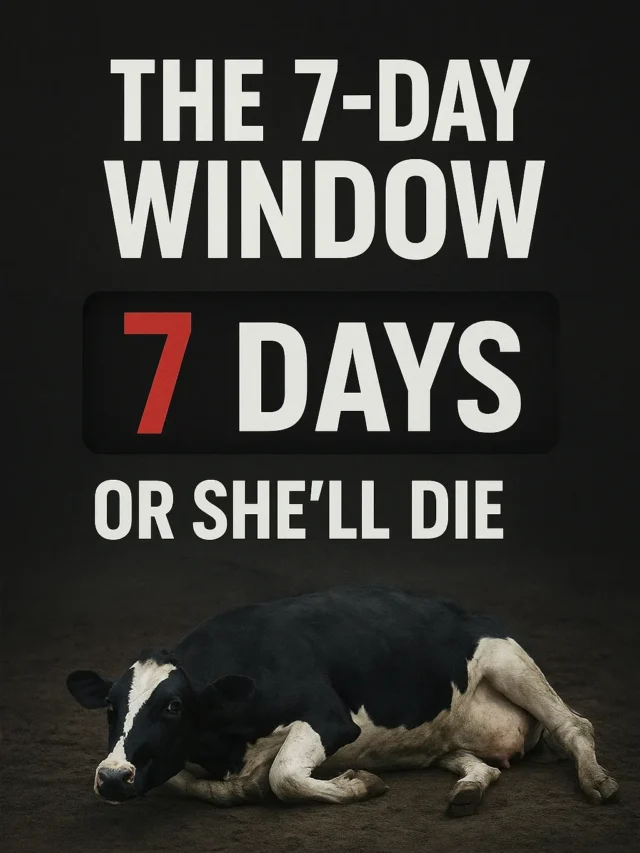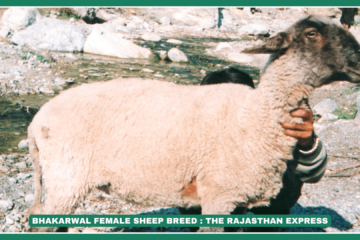Kutchi Camel Milk Yield Per Day
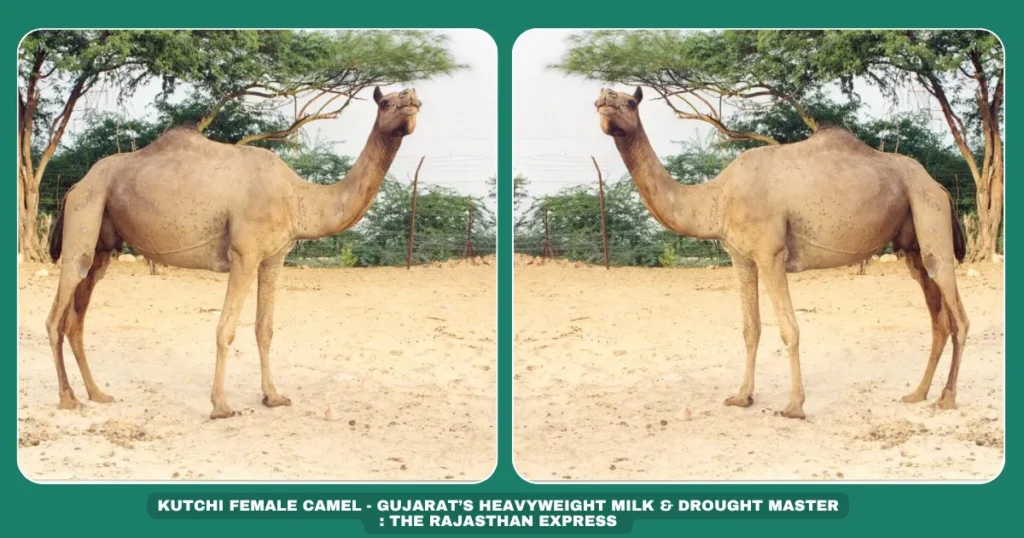
Kutchi Camel Breed
| Conservation Status | Declining (Population: 20,653 in 2013 from 113,450 in 2001) |
|---|---|
| Scientific Classification |
|
| Breed Type | Dual-purpose (Milk and Draught) |
| Alternate Names | Kachchhi Camel |
| Origin | Sindh region (Adapted to Kutch, Gujarat) |
| Breeding Tract |
|
| Geographical Range |
|
| Main Uses |
|
| Physical Traits |
|
| Morphology (Avg.) |
|
| Performance |
|
| Management |
|
| Special Adaptations |
|
| Population Trend |
|
| The Rajasthan Express: Kutchi Camel Breed Details | |
Kutchi Camel of Habitat and Distribution
“The Kachelchi breed inhabits the ram of Kachelch in Gujarat state. The major breeding tract encompasses the Kachelch and Bansakantha districts of Gujarat and it extends in east from 68°20′ to 74° longitude and in north from 22°51′ to 24°37′ latitude. The land is marshy with abundant salt bushes.”
Kutchi Camel of Characteristics
“The camels of this breed are generally brown to dark brown in colour with absence of hair on eyelids and ears. The body hairs are coarse. Head is of medium size without distinct “stop”. Body size is medium. Camels of this breed are heavy and dull in appearance. They are stouter and little shorter. They have strong hindquarters, heavy legs, hard and thick foot pads and are well adapted to the humid climate and marshy land of Kachelch. In some animals the lower lip is droopy due to which the teeth are visible from a distance. The udder is well developed and mostly round in shape.”
Summary of Key Differences
| Feature | Jalori Camel (Rajasthan) | Kutchi Camel (Gujarat) |
|---|---|---|
| Region | Jalore & Sirohi districts | Kutch & Banaskantha districts |
| Environment | Arid desert | Marshy, saline land |
| Body Color | Light to dark brown | Brown to dark brown |
| Head Shape | No “stop,” thin neck | No “stop,” droopy lower lip |
| Adaptation | Active, multipurpose (milk, tourism) | Salt-tolerant, humid-climate fit |
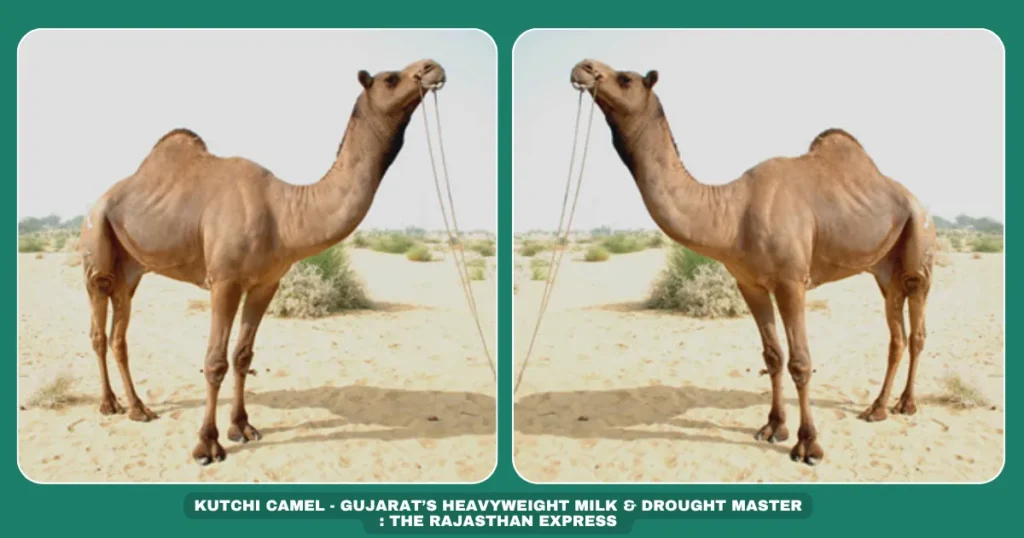
Discover the Kutchi camel – Gujarat’s resilient heavy-built breed thriving in salt marshes. Learn about its 5kg+/day milk yield, draught power, and conservation status.
THE RAJASTHAN EXPRESS
